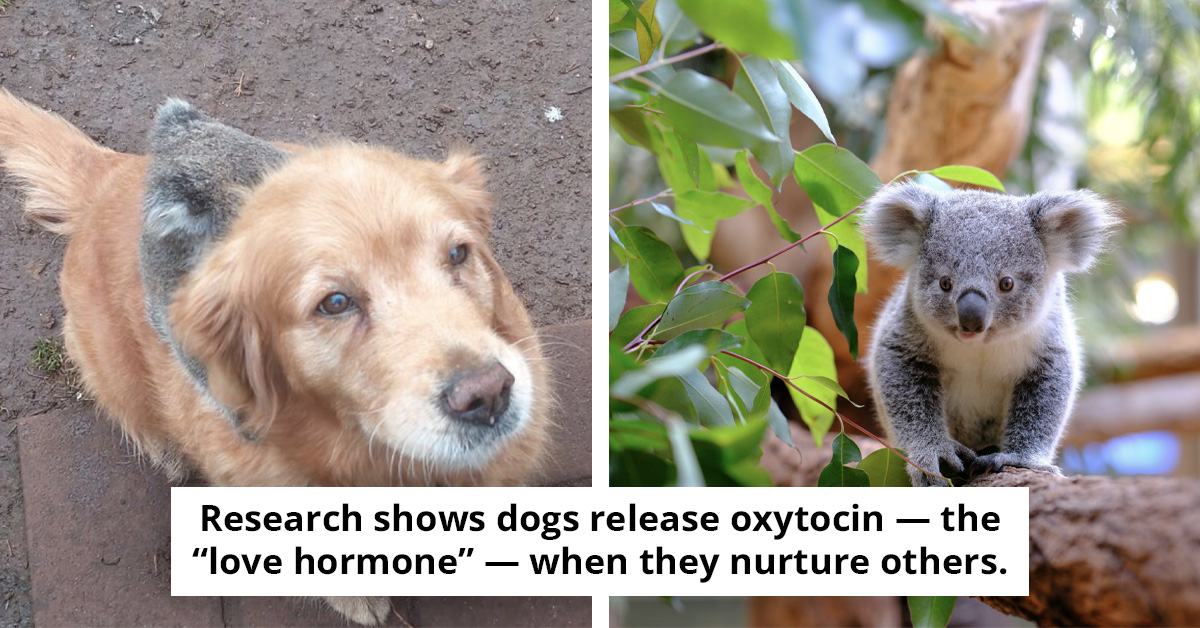Mostly Described as the Pinnacle of Avian Beauty, a Dove Covered in a Mesmerizing Attire of Burnished Gold and a Striking Yellow Sheen
A large number of us, quite rightly, believe that doves are either pure white or gray. This is because those are the only types of doves we have ever seen.
However, numerous doves are undeniably more beautiful than that, particularly the dazzling golden fruit dove. This bird is fantastic and unique, and just like its name suggests, it is truly a golden fruit.
The golden fruit dove is native to the islands of Beqa, Gau, Ovalau, Viti Levu, and Waya in Western Fiji. This striking species is also known as the yellow dove or lemon dove.
The golden fruit dove, scientifically known as Ptilinopus luteovirens, is primarily recognized for its long, slender feathers around the breast area, which can resemble human hair when viewed from a distance, according to Australian Geographic. The male golden fruit dove is the most colorful member of this species.
He is adorned with incredible golden plumage that emits a striking, glowing sheen. However, the color of his head is paler, with a green tinge, which makes the rest of his body appear to sparkle even more.
He has bluish-green skin around his eyes, similar to the skin on his legs.
Meet the Golden Fruit Dove...
Its feathers are so long and slender around the chest and wings that they give the appearance of a golden mane, proud and fluffy. It truly makes you want to pet it.

Isn't She Adorable?
The female golden fruit doves can be easily distinguished from the males, as they have dark green plumage spotted with occasional yellow feathers. Juvenile golden fruit doves generally resemble the females.

Striking Dove...
The golden fruit dove is rarely seen close to the ground; it typically inhabits open forests, gallery woodlands, and secondary growth. These birds can also be found in mature rainforests with tall trees, as well as in populated areas such as villages and cities.

The Orange Fruit Dove...
The golden fruit dove certainly knows how to put on a colorful show, and its cousins, the whistling fruit dove and the orange dove, can also impress with their various shades. The orange fruit dove, scientifically known as Ptilinopus victor, shares the golden fruit dove's long, "hair-like" body feathers.
However, the orange fruit dove is bright orange and is distinguished by its olive-hued head. It resembles its golden cousin overall, but it resides on various Fiji islands, including Kioa, Laucala, Levu, Vanua, Qamea, Rabi, and Taveuni islands.

The Whistling Fruit Dove...
Meanwhile, the whistling fruit dove, or velvet dove, scientifically called Ptilinopus layardi, is equally striking. Like its cousins, it has golden-hued upperparts, with a contrasting head that is dazzling yellow.

The velvet dove is classified by the IUCN as "Near Threatened," while the golden and orange doves are listed as species of "Least Concern."
If you enjoyed learning about this dazzling type of dove and its cousins, please leave your comments below. Also, share this article with all your bird-loving family and friends.



